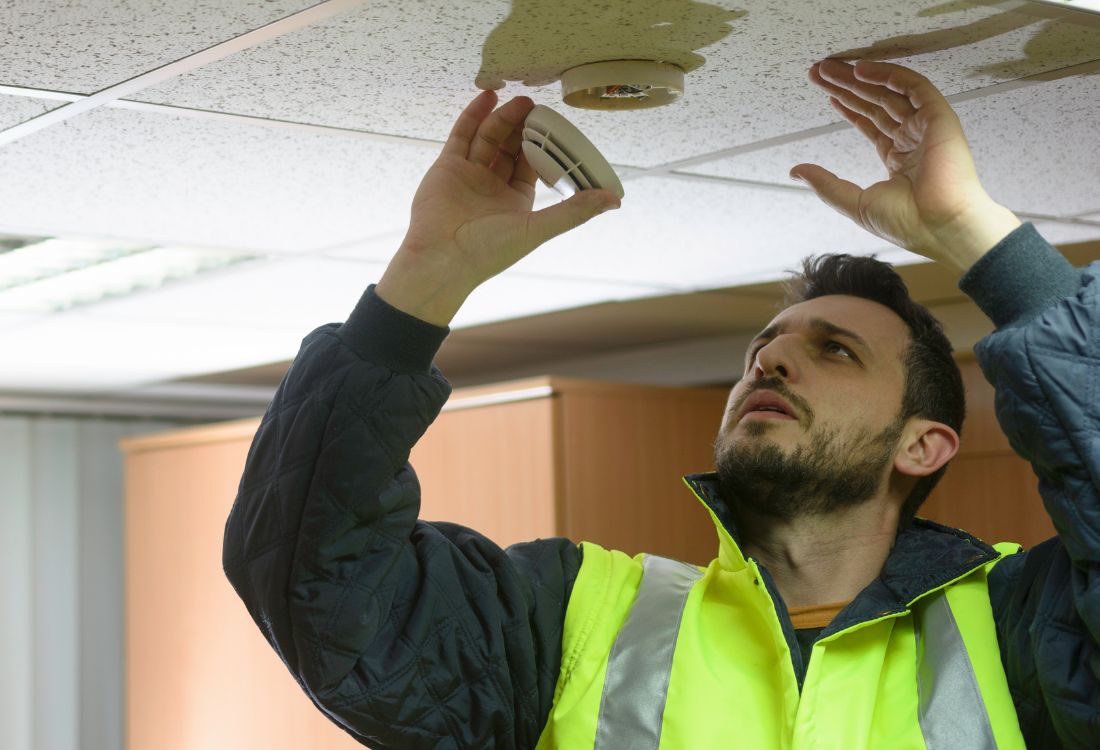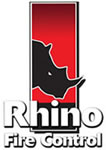
How Much Money Can You Save From The Prevention Of False Fire Alarms?
Fire alarm systems are a crucial safety measure in commercial, industrial, and retail settings, but false alarms are costly and disruptive.
According to Home Office figures, in the 12 months ending September 2022, 38 per cent of the incidents attended by Fire and Rescue Services (FRSs) in England were false alarms, highlighting the prevalence of the problem. Deploying precious resources to non-existent fires stretches the capacity of the FRS and means staff and fire-fighting equipment may be unavailable when needed elsewhere.
So, what are the costs of false fire alarms and what steps can you take to ensure your system offers unparalleled reliability?
What Is The Cost Of Fire False Alarms?
False alarms not only disrupt operations but also incur substantial financial costs, amounting to approximately £1 billion annually in the UK. Building owners may face fines for repeated false alarms as emergency services may need to attend multiple times, draining limited resources that could be better allocated elsewhere.
The mismanagement of fire alarm systems has various financial implications, including:
- Decreased productivity: False fire alarms trigger staff evacuations and equipment shutdowns which can adversely impact productivity. Every lost minute can shrink profits and prevent customers from being able to contact your business.
- FRS charges: Some Fire and Rescue Services levy charges for attending false emergency alarms, particularly if these occur repeatedly. One UK FRS charges nearly £394 per hour for each callout (where one emergency vehicle and four staff attend); larger premises could incur higher costs.
- Increased insurance premiums: Frequent false fire alarms can lead to higher business insurance premiums due to a perceived higher risk of fire.
What Causes A False Fire Alarm?
Several factors can trigger false fire alarms, including pollutants, extreme temperatures, human error, system faults, or even deliberate vandalism. Examples include:
- Phenomena such as dust, steam and moisture that trigger smoke detectors.
- Accidental damage to the fire alarm system.
- Inappropriate detection methods in areas that are prone to false alarms.
- Equipment malfunction, particularly if the system is poorly maintained or neglected.
- Insects infiltrating smoke or fire detectors.
How Can False Fire Alarms Be Prevented?
To prevent false fire alarms, proactive measures are essential, including:
- Educate all employees on proper fire safety management and things they can do to reduce the risk of triggering a false alarm.
- Work with BAFE-accredited installers, such as Rhino Fire Control, to design, install, and maintain tailored high-quality and compliant fire alarm systems.
- Ensure detectors are correctly installed and use appropriate sensors for the type of risks that exist on the premises.
- Conduct regular checks and fire alarm maintenance, recording all actions and incidents so that the causes of false alarms can be quickly identified.
- Analyse false fire alarm patterns for risk assessment purposes and to minimise the likelihood of recurrence.
By implementing these strategies, businesses can mitigate the financial and operational impacts of false fire alarms, ensuring the safety and efficiency of their premises.
Choose Rhino Fire Control To Reduce False Fire Alarms On Your Premises
At Rhino Fire Control, our BAFE-certified technicians understand the causes of false alarms and are your first choice to design, install, and maintain reliable fire alarm systems that don’t let you down.
To find out more, please call us today on 01278422705 or send us a message.
Image Source: Canva



